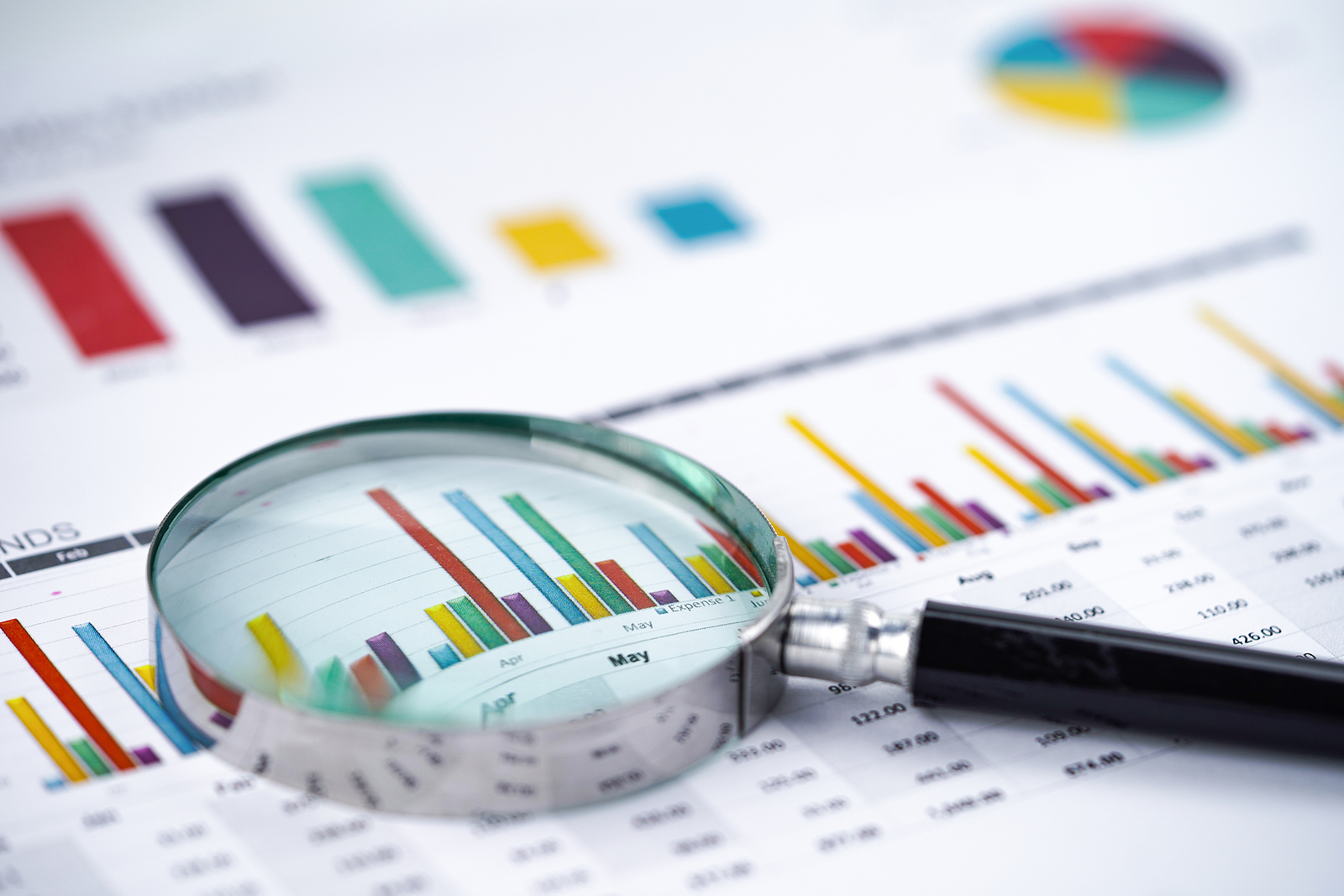our blog
Data-Driven Event Planning: Crash Course for Nonprofits
Guest Blog by our valued partner, OneCause
At OneCause, we’ve helped nonprofits of all shapes and sizes navigate pandemic-era event planning. We specialize in online fundraising and events, especially charity auctions, which have presented a slew of new challenges to nonprofits looking to shift their auctions and galas online. Our top tip? Drive your strategy with data.
We’ve seen firsthand the difference that data-driven event planning can make for nonprofits, so we have a few essentials to share, such as:
- Collecting Event Data
- Studying Your Event Data
- Using Data to Shape Your Plans
With a solid foundation in data-driven event planning, you’ll be planning more engaging events (and raising more with them) in no time. Let’s dive in.
Collecting Event Data

Use dedicated software to promote and conduct your events. This might include auction software, virtual event software, peer-to-peer fundraising tools, and more. The right software makes it easy to collect and analyze data over time, as touchpoints with donors and attendees will be automatically recorded.
Look for software integrations. Connecting your platforms allows data to flow smoothly between them and ensures you’ll have a complete picture of your data to analyze when planning new events. The most important integrations will be between your various engagement platforms and your CRM. Thankfully, most modern CRMs already have full ecosystems of apps and pre-built integrations with other leading nonprofit software providers.
Set standard data entry protocols. Small differences in formatting for data that’s both entered manually and automatically reported can cause valuable insights to fall through the cracks. Double-check that any data generated by your 2020 virtual fundraising ideas fits your current entry protocols, as well.
Regularly review your data to keep it clean. Periodic data reviews and clean-ups are a crucial part of data hygiene. Set aside designated time before planning new events or campaigns specifically for studying the performance of your past strategies. Adding data analysis into your planning process from the start will keep your plans rooted in data, which can help you avoid drastically changing strategies later.
Studying Your Event Data

Events generate a lot of data, and this is especially true of virtual events. With attendees engaging with your event through digital tools, you should have exhaustive records of every touchpoint, from pre-event registration to post-event thank you emails. But studying all of your event data can quickly become overwhelming if you don’t know what you’re looking for.
Analyze your data by honing in on specific engagement metrics to measure the effectiveness of different aspects of your events. Here are a few common metrics that you’ll likely want to study when planning new events:
Attendance. How many people register and then attend your events? Do many people register but fail to attend?
Revenue. Break your event revenue down by source or activity whenever possible—registration fees, live appeals, pre-event peer-to-peer fundraising proceeds, auction bids, matching gifts, corporate sponsorships, etc.
Average gift size. How big is the average gift that you receive during different types of events?
Attendee acquisition by source. Determine where you’re securing your attendees for different types of events by tracking how they register, like email invites and social media announcements.
Attendee retention. How many guests who attended your first event attended your next event? Are any types of events particularly effective (or weak) at retaining them?
Marketing engagement. How much engagement (shares, clickthroughs, etc.) do your event promotions receive on social media? Email?
Attendee demographics. Learn more about your average attendee at different types of events—their age, giving levels, previous engagement histories, etc.
Attendee feedback. Asking for feedback after events is never a bad idea! Send post-event surveys and actively record and study the responses.
Understanding and tracking these metrics enables you to dig deeper and identify trends in your data. Does a certain type of event excel at attracting donors who give a certain average gift size? Are there any marketing platforms that tend to generate more no-shows than others? Who is your average attendee for different types of events? Uncovering these relationships can be invaluable for planning future events.
Consider your fundraising metrics through three different lenses—descriptive, diagnostic, and predictive. These ways of viewing your data help you make connections and point you in the right direction when you’re looking to make improvements or pinpoint shortcomings.
Above all, remember to approach new events with data-driven goals in mind from the start. Knowing exactly which metrics you’re most interested in and setting goals around them (more on this below) will help grow your database by collecting information that is valuable rather than overwhelming or confusing.
Using Data to Shape Your Plans

1. Setting goals.
Use your historical performance data to help set targeted and ambitious (but achievable) goals for your future events. By rooting your new goals in past performances, you can build on your successes while targeting specific weak spots.
For instance, if you find that attendee retention is dropping from one event to the next, you can set a specific goal for increasing retention. Then, build improved marketing strategies around that goal. This could be as simple as developing a promotional email stream just for past attendees or creating special sign-up perks for repeat attendees.
2. Determining the right event format.
A mix of virtual, in-person, and hybrid event offerings are likely to be the new normal for nonprofits as the COVID pandemic begins to settle down. But how do you know exactly which approach to take for future events?
Review your past attendance and engagement data for different types of events to discover what makes the most sense for your community and your goals.
If virtual attendance has been steadily dropping, it may be time to think carefully about hosting a hybrid event with scaled-down, socially distanced in-person elements. Alternately, if you’ve continued to see relatively high attendance and engagement with virtual offerings, you may choose to keep leaning into what’s worked well. Going forward, actively study your event audiences—are certain segments better engaged (and more eager to give) during certain types of events? Use those insights to help decide which types of events and which audiences will be most supportive of your current goals.
3. Refining your marketing strategies.
- Which marketing sources are most effective at securing registrations for different types of events?
- If events had high turnout, are there any specific marketing tactics that contributed to that success?
- If events had low turnout, are there any marketing tactics that you should avoid or rethink going forward for different types of events?
- How effective are your peer-to-peer fundraising efforts at generating interest in your events?
- Do you have any highly engaged supporters who could serve as social ambassadors for future events?
4. Compiling a stellar auction catalog.
Heading into a diverse new event landscape, nonprofits need to back up their strategies with data in whatever ways they can. Data-driven event planning will help you better target your audiences, refine your marketing, save time and resources, and ultimately raise more for your mission. Best of luck!

